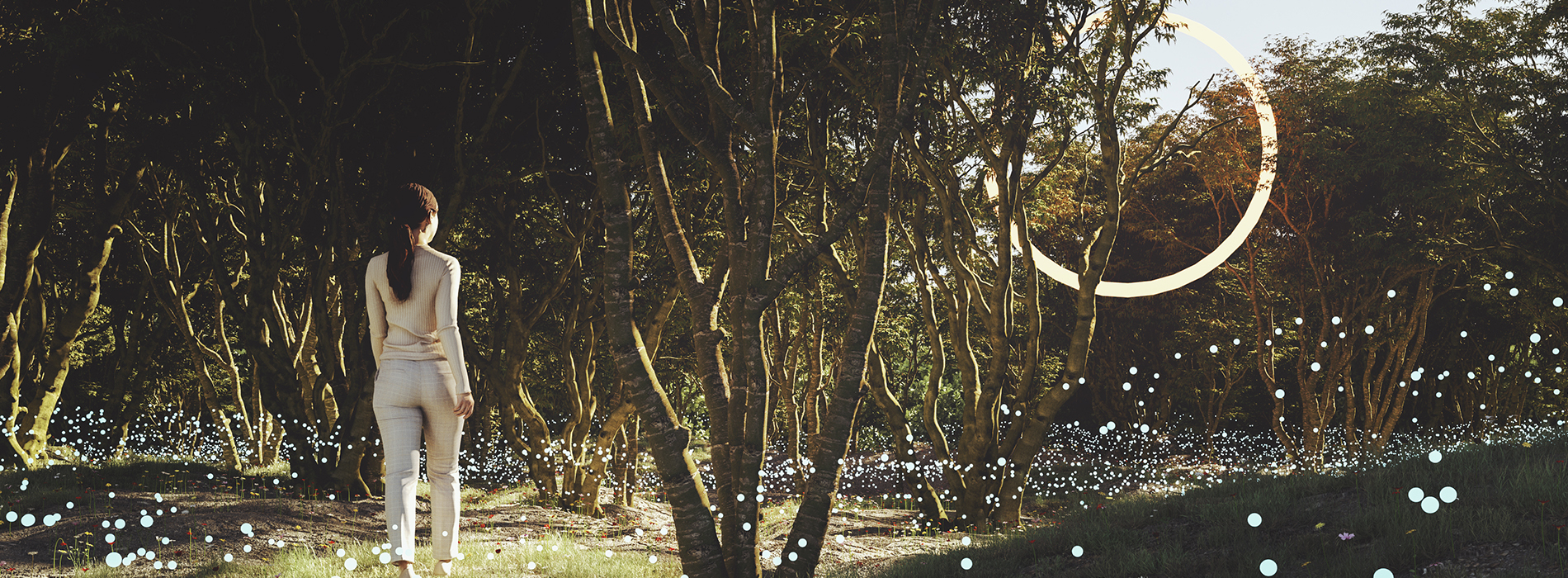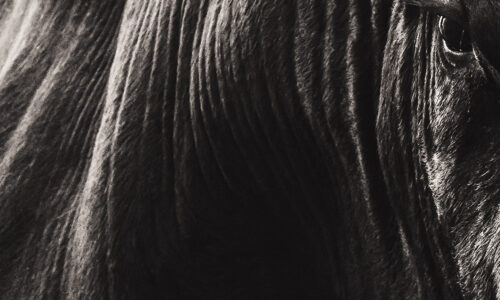L’ensemble des contenus Business Digest est exclusivement réservé à nos abonnés.
Nous vous remercions de ne pas les partager.

You’re simply unstoppable when questions are put to you about productivity gains… But are you fluent in the key principles of robustness?
In the constantly changing environment of tomorrow, our companies and plans will have to be…
A – More efficient
B – Robust
C – Robust AND efficient
Right !
Answer B: Performance is the sum of effectiveness (hitting your target as quickly as possible) and efficiency (using as few means as possible). It’s an approach that might be logical in a stable world blessed with abundant resources, but it’s not up to the task in shifting sands, where it might even prove detrimental. Robustness, on the other hand, is grounded in a number of cooperative enterprises that are sources of adaptability, meaning it remains stable in spite of unannounced fluctuations. It’s just not possible to combine robustness and performance: the former feeds on the very weaknesses that the latter tries to eradicate definitively.
Wrong !
Answer B: Performance is the sum of effectiveness (hitting your target as quickly as possible) and efficiency (using as few means as possible). It’s an approach that might be logical in a stable world blessed with abundant resources, but it’s not up to the task in shifting sands, where it might even prove detrimental. Robustness, on the other hand, is grounded in a number of cooperative enterprises that are sources of adaptability, meaning it remains stable in spite of unannounced fluctuations. It’s just not possible to combine robustness and performance: the former feeds on the very weaknesses that the latter tries to eradicate definitively.
Which approach should be a priority for the business models of the future?
A – Efficiency: stake everything on leading-edge technology so we can carry on doing what we’ve always done – only better.
B – Restraint: stake everything on eco-design and recycling so we can carry on doing what we’ve always done – but with less.
C – Circularity: cooperate and join forces so we can thrive stress-free in the chain of living systems.
Right !
Answer C: Life is to all intents and purposes circular! While humans engineer a world that draws very heavily on accumulating goods that end up as non-recyclable waste, other living beings are organized in earth, water, carbon and nitrogen cycles: one organism's waste is another's resource. What’s more, the multiple interactions between actors helps balance the strengths and weaknesses of each stakeholder, meaning the entire ecosystem is then more adaptable. But it’s worth noting that circularity is not an alternative to energy conservation but a prerequisite for a less intensive society.
Wrong !
Answer C: Life is to all intents and purposes circular! While humans engineer a world that draws very heavily on accumulating goods that end up as non-recyclable waste, other living beings are organized in earth, water, carbon and nitrogen cycles: one organism's waste is another's resource. What’s more, the multiple interactions between actors helps balance the strengths and weaknesses of each stakeholder, meaning the entire ecosystem is then more adaptable. But it’s worth noting that circularity is not an alternative to energy conservation but a prerequisite for a less intensive society.
Picture yourself in the shoes of Albert Einstein: you’ve got one problem to solve and an hour to do it. How do you organize the allotted time?
A – I spend 55 minutes defining the problem, and the remaining five on a solution.
B – I'm a genius: I don’t need an hour – a few seconds will do.
C – I re-read the question two or three times just to be sure and then, bingo, I launch into it.
Right !
Answer A: The quest for productivity gains means you rush towards the solution without asking whether they are the right questions. In an uncertain environment, it’s better to take the time to test out the robustness of the problems you’re trying to solve, just to check whether they’re skewed, to sidestep the pitfalls of self-justification, and to weigh up how stable the issue is in an evolving context. Although this approach might slow you down a little, it is the way forward for a broader understanding, which is all-important for finding your path in an uncertain world.
Wrong !
Answer A: The quest for productivity gains means you rush towards the solution without asking whether they are the right questions. In an uncertain environment, it’s better to take the time to test out the robustness of the problems you’re trying to solve, just to check whether they’re skewed, to sidestep the pitfalls of self-justification, and to weigh up how stable the issue is in an evolving context. Although this approach might slow you down a little, it is the way forward for a broader understanding, which is all-important for finding your path in an uncertain world.
In the 1960s, a standard refrigerator used around 3 times more electricity than it does nowadays. How do you think the overall consumption of refrigerators changed over the same period?
A – No need to be a math genius: it’s simply been divided by 3.
B – Let’s be optimistic: it has been divided by 6.
C – We should have suspected as much: it has grown substantially.
Right !
Answer C: Over the years, refrigerators have become less energy-intensive, meaning they are increasingly available. As a result, they have proliferated and grown in size and diversity of use (as wine cellars, for example), and their overall consumption keeps on going up.
And we see the same thing with aviation: a plane today uses less kerosene than its forerunners but consumption is soaring with the rise in air traffic. This phenomenon is known as the Jevons paradox, named after the 19th century economist who noted: “Everything that leads to increasing the efficiency of coal and decreasing the cost of its use, has a direct tendency to... enlarge the field of its use.”
In the fight to tackle climate change, there is little chance that the quest for energy efficiency will have a far-reaching impact on consumption unless it is doubled up with other measures designed to reduce it at source.
And we see the same thing with aviation: a plane today uses less kerosene than its forerunners but consumption is soaring with the rise in air traffic. This phenomenon is known as the Jevons paradox, named after the 19th century economist who noted: “Everything that leads to increasing the efficiency of coal and decreasing the cost of its use, has a direct tendency to... enlarge the field of its use.”
In the fight to tackle climate change, there is little chance that the quest for energy efficiency will have a far-reaching impact on consumption unless it is doubled up with other measures designed to reduce it at source.
Wrong !
Answer C: Over the years, refrigerators have become less energy-intensive, meaning they are increasingly available. As a result, they have proliferated and grown in size and diversity of use (as wine cellars, for example), and their overall consumption keeps on going up.
And we see the same thing with aviation: a plane today uses less kerosene than its forerunners but consumption is soaring with the rise in air traffic. This phenomenon is known as the Jevons paradox, named after the 19th century economist who noted: “Everything that leads to increasing the efficiency of coal and decreasing the cost of its use, has a direct tendency to... enlarge the field of its use.”
In the fight to tackle climate change, there is little chance that the quest for energy efficiency will have a far-reaching impact on consumption unless it is doubled up with other measures designed to reduce it at source.
And we see the same thing with aviation: a plane today uses less kerosene than its forerunners but consumption is soaring with the rise in air traffic. This phenomenon is known as the Jevons paradox, named after the 19th century economist who noted: “Everything that leads to increasing the efficiency of coal and decreasing the cost of its use, has a direct tendency to... enlarge the field of its use.”
In the fight to tackle climate change, there is little chance that the quest for energy efficiency will have a far-reaching impact on consumption unless it is doubled up with other measures designed to reduce it at source.
What is our optimal body temperature?
A – 37°
B – 36.5°
C – 36°
Right !
Answer: And the answer is… none of them! Most of our enzymes reach maximum capacity at a temperature of 40°C! Some are even a million times more active at 40°C than 37°C, which is what a fever is all about: it helps to stimulate our metabolism and immune system. Don’t make the mistake of thinking that optimal performance is a satisfactory state of affairs!
Wrong !
Answer: And the answer is… none of them! Most of our enzymes reach maximum capacity at a temperature of 40°C! Some are even a million times more active at 40°C than 37°C, which is what a fever is all about: it helps to stimulate our metabolism and immune system. Don’t make the mistake of thinking that optimal performance is a satisfactory state of affairs!
Who are humans closest to in terms of their behavior when resources are abundant?
A – Cyanobacteria, these are lovely freshwater micro-organisms that release toxins that are a threat to aquatic animals.
B – The cicada, which found itself quite destitute when the North Wind blew.
C – The ant, which is not a lender – the least of its faults.
Right !
Answer A:Cyanobacteria – together with certain types of parasite – are among the few living beings that develop a short-term strategy to resources. When nutrients are in abundant supply in the water, cyanobacteria proliferate by cloning themselves until they create vast colonies known as blooms. They are well organized and eat up all available resources without wasting a thing. They simultaneously produce toxins that put a brake on competition from other species. But this state of affairs doesn't last long: the blooms disappear as quickly as they appeared when the nutrients are exhausted. In their never-ending quest for productivity gains and competitors... human beings behave like terrestrial cyanobacteria!
Wrong !
Answer A:Cyanobacteria – together with certain types of parasite – are among the few living beings that develop a short-term strategy to resources. When nutrients are in abundant supply in the water, cyanobacteria proliferate by cloning themselves until they create vast colonies known as blooms. They are well organized and eat up all available resources without wasting a thing. They simultaneously produce toxins that put a brake on competition from other species. But this state of affairs doesn't last long: the blooms disappear as quickly as they appeared when the nutrients are exhausted. In their never-ending quest for productivity gains and competitors... human beings behave like terrestrial cyanobacteria!
Your results
/ 6



